MAVERICK CITIZEN OP-ED
The Global Aids Strategy 2021-2026 must still dream ambitiously against all odds
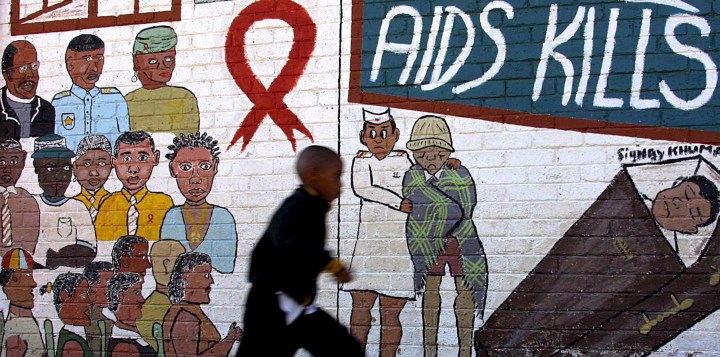
It is not enough for the new Global Aids Strategy to merely promote a technical – and somewhat bland – goal of ending Aids as a public health threat by 2030. What does that mean? What does that entail? We should be dreaming in colour about what a life in dignity, justice and rights really means.
Steven LB Jensen is a senior researcher at the Danish Institute for Human Rights. He is the author of the prize-winning book The Making of International Human Rights. The 1960s, Decolonization and the Reconstruction of Global Values and co-editor of Histories of Global Inequality: New Perspectives.
This week, the UN General Assembly convenes a High-Level Meeting on Aids. It will review the progress made since 2016 in reducing the impact of HIV and is expected to adopt a new Political Declaration to guide the future direction of the Aids response. There are ample reasons for everyone to pay attention.
In the 21st century, the global response to HIV and Aids has been the most important source to secure a degree of international pandemic preparedness. It has represented a model for international diplomacy and collaboration. The response to HIV and Aids has also served as a litmus test for how we view humanity and people’s dignity in the global domain.
It has been both a source of hope and disillusionment – always revealing of our capabilities and our neglect.
It still does so.
Under normal circumstances, the hallways at the UN headquarters in New York would be brimming with activists, diplomats, NGO representatives, health and development experts and UN officials discussing policy and negotiated text for a UN declaration. This time is different. Another pandemic, Covid-19, has gotten in the way of a large-scale physical gathering. This does not make the 2021 High-Level Meeting any less significant.
To the contrary.
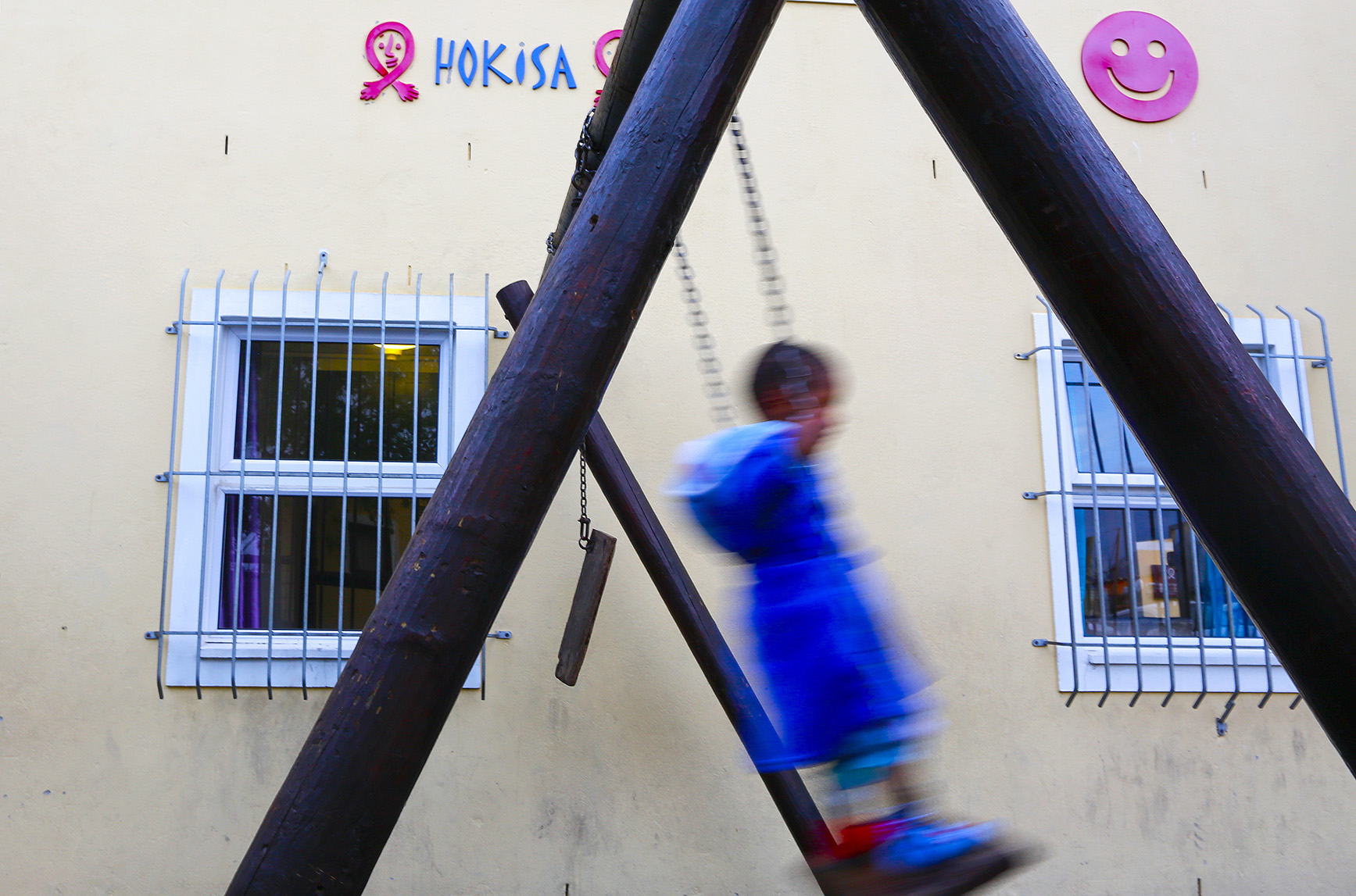
A child playing on a swing at the Hokisa children’s home in Masiphumelele, Cape Town, in 2016. (Photo: EPA / NIC BOTHMA)
A major focus of the High-Level Meeting’s negotiations will be the new Global Aids Strategy 2021-2026, which the UN General Assembly is expected to endorse. It is worth taking a closer look at this very comprehensive strategy which is not merely a strategy for the UN. It has been developed with the aim of guiding the whole of the global response to HIV and Aids. It combines situation analysis, data overview, strategy, key actions, result areas and a targets framework.
The data that informs the strategy is revealing.
It shows for example that only 53% of children living with HIV worldwide are accessing treatment and that five out of six new infections in sub-Saharan Africa among adolescents aged 15-19 are among girls.
Furthermore, the strategy states that the “failure to achieve the targets in the 2020 Fast Track Strategy [the previous Aids strategy] … has had a tragic human cost: an additional 3.5 million people acquired HIV and an additional 820,000 people died of Aids-related illnesses than would have been the case if the targets had been reached.”
There is also more hopeful evidence.
More than 40 countries are on track to end Aids as a public health threat by 2030. The data also shows that it would only take a 14% increase in financial investment to increase by 35% the number of people receiving HIV treatment by 2025 due to efficiency gains in scaling up. Such an achievement could significantly reduce resource needs for HIV after 2025.
Perhaps, the most noteworthy feature is the Global Aids Strategy’s strong emphasis on inequalities. As it explains, the strategy “is a bold new approach to use an inequalities lens to close the gaps that are preventing progress towards ending Aids”. The inequalities lens aims to shift focus to the people and communities still being left behind in the response and close the gaps for HIV prevention, testing, treatment and support to put the world back on course to end Aids by 2030. The need for this approach is evident.
The UN has over the years produced plenty of reports with descriptive analysis of existing inequalities and inequality is also part of the 17 Sustainable Development Goals. But a concrete strategy like the one for Aids is different. It has to be prescriptive and require action from a defined set of actors. That seems the innovative and positive step forward.
The Global Aids Strategy may for this reason even represent a new generation global development strategy that finally dares to centre on inequalities in an explicit manner. On this, we should take note and learn.
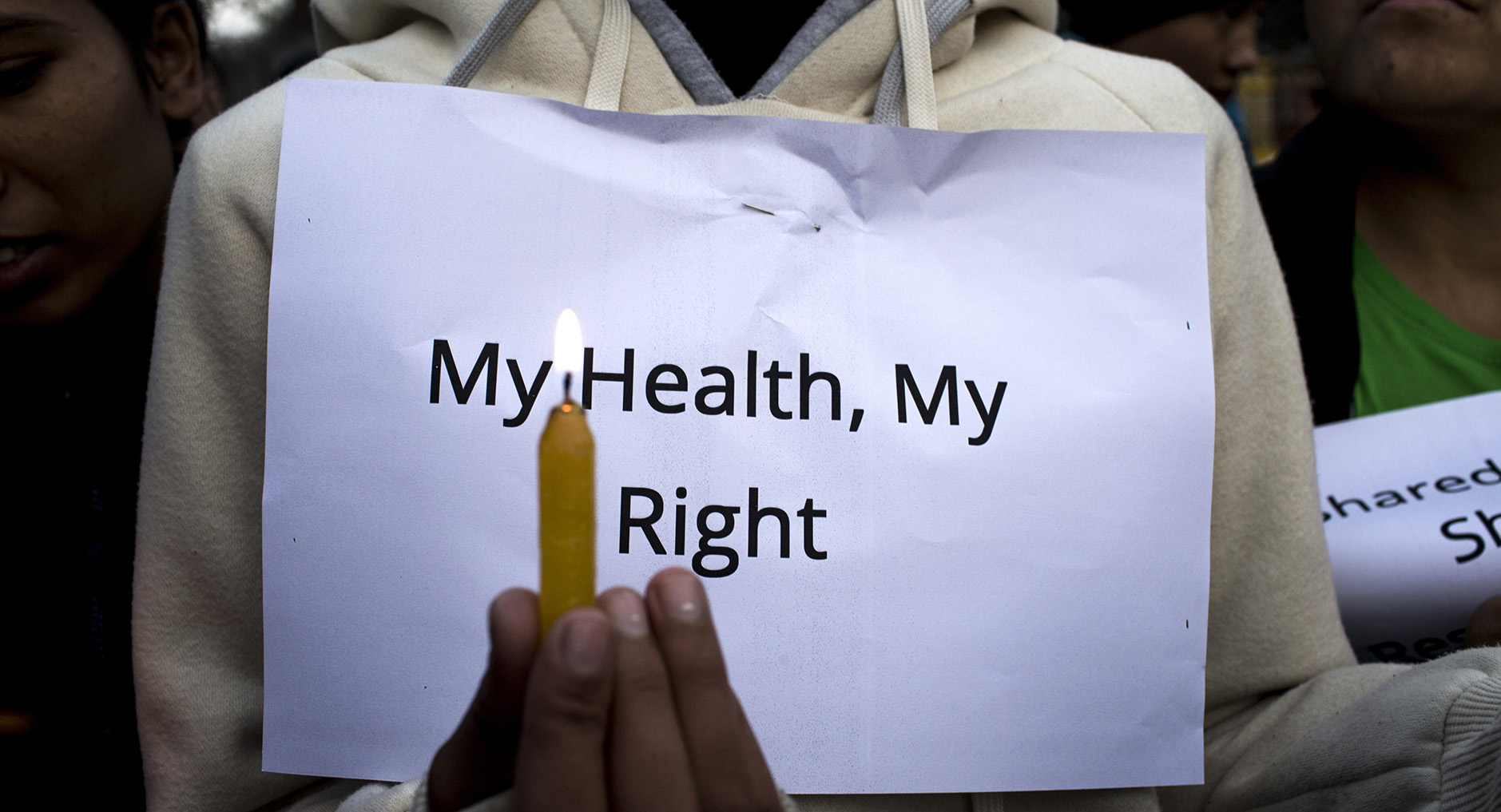
Women and children of Maiti Nepal, a rehabilitation and orphanage home for HIV-affected children, women and victims of trafficking, light candles forming the Red Ribbon symbol. (Photo: EPA-EFE / NARENDRA SHRESTHA)
A word of caution, however, is also merited.
Inequality is so much more than a “lens”. It is a lived reality. It is death and deprivation. It is also a destructive force in society – a realisation that must guide our action. And let us be honest; the international community does not have a very strong track record in effectively fighting global inequalities despite decades of practice opportunities.
Inequality has been on the agenda of the United Nations – in various shapes and forms – since its creation in 1945. Indeed, the UN has been one of the most important political forums to raise and discuss global inequalities from the outset. However, countervailing forces have always been present, manifesting themselves in at least two distinct ways.
First, inequalities were baked into the political, diplomatic and institutional structures of the UN – the UN Charter’s colonial and trusteeship provisions being an early case in point – and it has been a constant battle to overcome this reality.
Second, another historical constant has been that the UN has been a major forum for denying the existence of inequality and its negative societal impacts given that it is a member state organisation and thereby also serves as protector of political interests.
There is a larger politics surrounding global inequality that affects the praiseworthy emphasis of the Global Aids Strategy and will help determine its success. Will the international community really commit to addressing and overcoming inequalities? Who will prevail in the global response to HIV and Aids over the coming years: the speak-the-truth side or the ignore-the-realities side?
The jury is still out (and has been for an awful long time).
The Global Aids Strategy 2021-2026, perhaps unwittingly, touches upon the scale of this challenge. It explains that “a central reason why disparities in the HIV response remain so stark and persistent is that we have not successfully addressed the societal and structural factors that increase HIV vulnerability and diminish people’s abilities to access and effectively benefit from HIV services”. However, these factors – which include addressing harmful gender norms, gender violence, criminalisation and other persistent human rights violations – have repeatedly been in focus over the last decades.
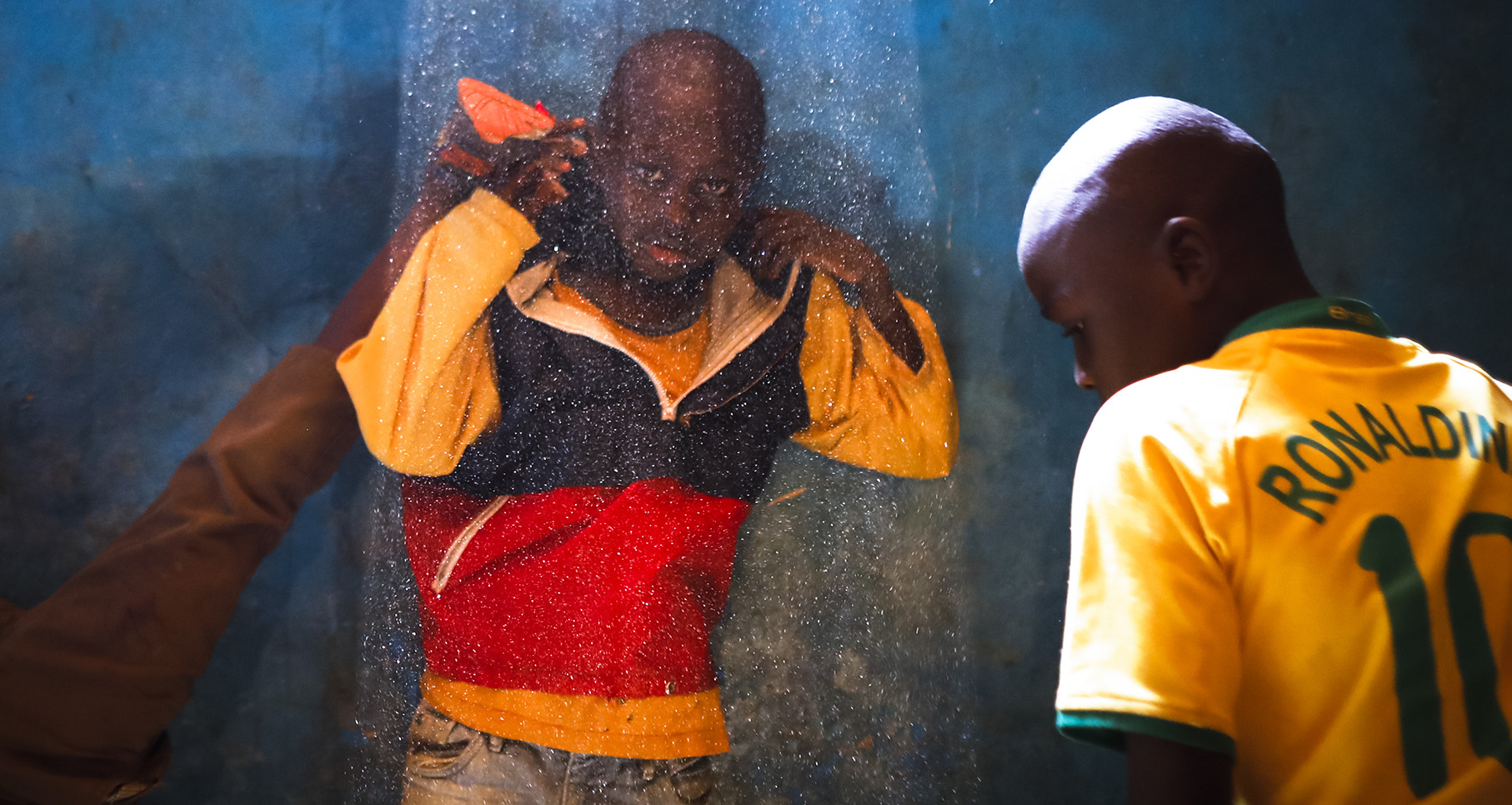
Children playing at Fruitful Rescue Centre, a slum orphanage for children living with HIV in Nairobi’s Kibera slum, Kenya, on 28 November 2018. (Photo: EPA-EFE / DAI KUROKAWA)
Reasons for failing to address inequality in the Aids response
What are the reasons that these factors have not been successfully addressed?
The strategy does provide recommended actions but not an analysis of such failings. Can we make substantive progress without that? Such analysis seems to be a necessity to effectively address the inequality predicament that the global response to HIV and Aids very much faces. It is admirable to close critical programmatic gaps on eg access to services and strengthening social protection but even these efforts are most likely not enough to overcome the structural barriers that have proved so persistent. The inequality analysis must go deeper.
This situation is now exacerbated by the dual challenge of Aids and Covid-19 that many countries face with economic contraction and high levels of debt servicing significantly reducing their fiscal space to invest in the health and social sectors. The macrofiscal environment is greatly challenged with austerity still very much lurking around.
New research even shows that the IMF – despite deploying public rhetoric promoting greater public spending – in the vast amount of cases still requires countries to implement austerity measures even in the Covid-19 pandemic year of 2020. The IMF is one of the major inequality deniers of the post-1945 era and the organisation still sits at the heart of the international community’s global policymaking in the economic and social spheres.
We may as well be clear that the new Global Aids Strategy that the UN General Assembly is about to adopt this week faces formidable opponents (including essentially from within).
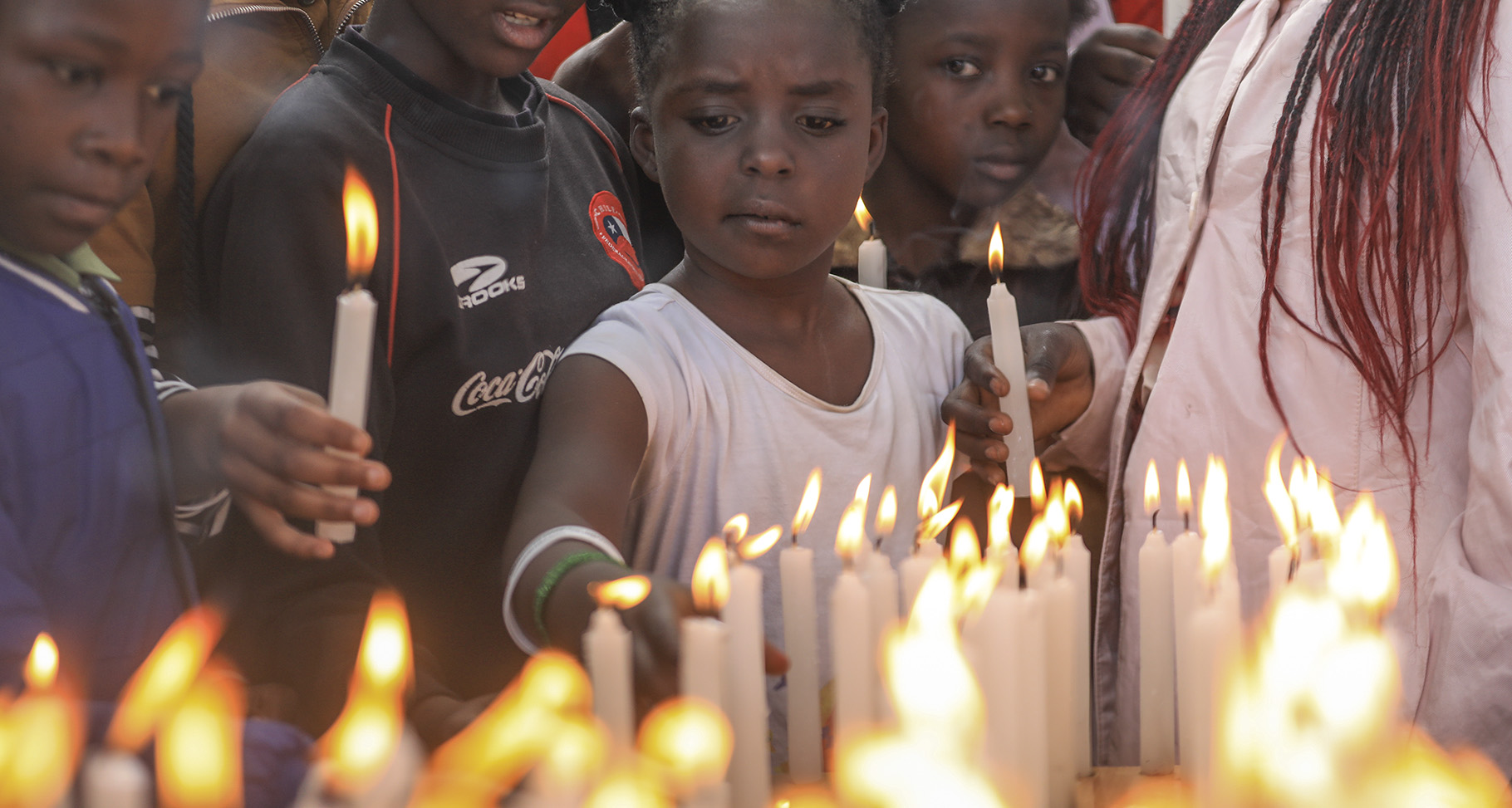
Children from Tuinuke na Tuendele Mbele Group, a community-based organisation for HIV-infected and affected children, and women, in Korogocho slums, light candles during an event to remember those who have lost their lives to HIV/Aids on 1 December 2019. (Photo: EPA-EFE / DANIEL IRUNGU)
This requires a sharpening of political focus and determination. Global health seems to be an excellent vantage point from which to diagnose the political schizophrenia of the international system. The experience and expertise for this are at hand. So is the evidence of real achievements that the Global Aids Strategy can convey with a sense of pride, including that “Investment in the HIV response has strengthened the functioning and resilience of systems for health across the world.”
We already knew that to be a fact. However, in a pandemic age the scale of this achievement is not merely a political or medical one but also a profoundly existential one for the whole of the international community.
There is therefore a larger vision that we need to recapture and here the Global Aids Strategy both falls short and contains a hidden gem – a seed for the future – that we must catch on to. Where the Global Aids Strategy falls short is that it says nothing about the world that is envisaged on the other side of a successful outcome.
It is not enough to merely promote a technical – and somewhat bland – goal of ending Aids as a public health threat by 2030. What does that mean? What does that entail? We should be dreaming in colour about what a life in dignity, justice and rights really means.
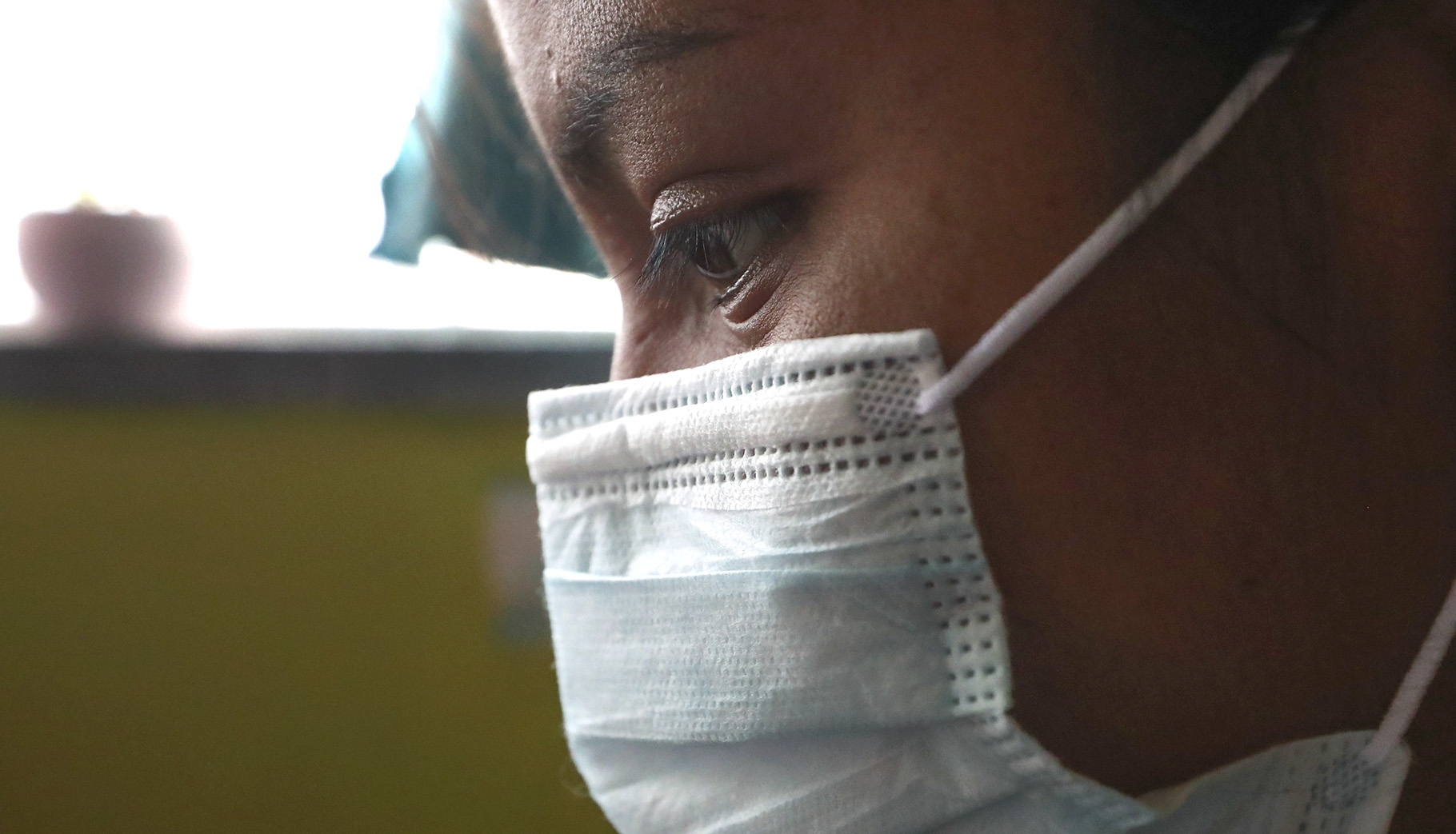
A sex worker undergoes an HIV test at the premises of the civil organisation Brigada Callejera de Apoyo a la Mujer in Mexico City, Mexico, on 30 November 2020. (Photo: EPA-EFE / Mario Guzman)
The Aids response has always had to dream ambitiously against all odds. Death there has been more than plenty of but the fight for life and survival driven by the communities themselves was always an awe-inspiring quest and achievement. Aids activists have rewritten the rules of humanity. The rest of us face the choice between embracing or ignoring this gift and this reality.
Therefore 2021 is no time to dream small. And there, tucked away on page 78 of the Global Aids Strategy, sits the potential hidden gem that we should nurture. The strategy calls for “a detailed theory of change” that will highlight the areas of engagement that will be of critical importance for UNAIDS’s Results and Accountability Framework. This must be much more than an administrative exercise.
We desperately need to develop a global theory of change for the post-Covid-19 pandemic world. Systematically addressing and overcoming inequalities is a grand strategy for our times. The Global Aids Strategy starts us on this journey. This is why the High-Level Meeting on Aids, its outcomes and aftermath should be on the political radar for all of us. End Inequalities. End Aids – and achieve so much more. DM/MC



















 Become an Insider
Become an Insider
Comments - Please login in order to comment.